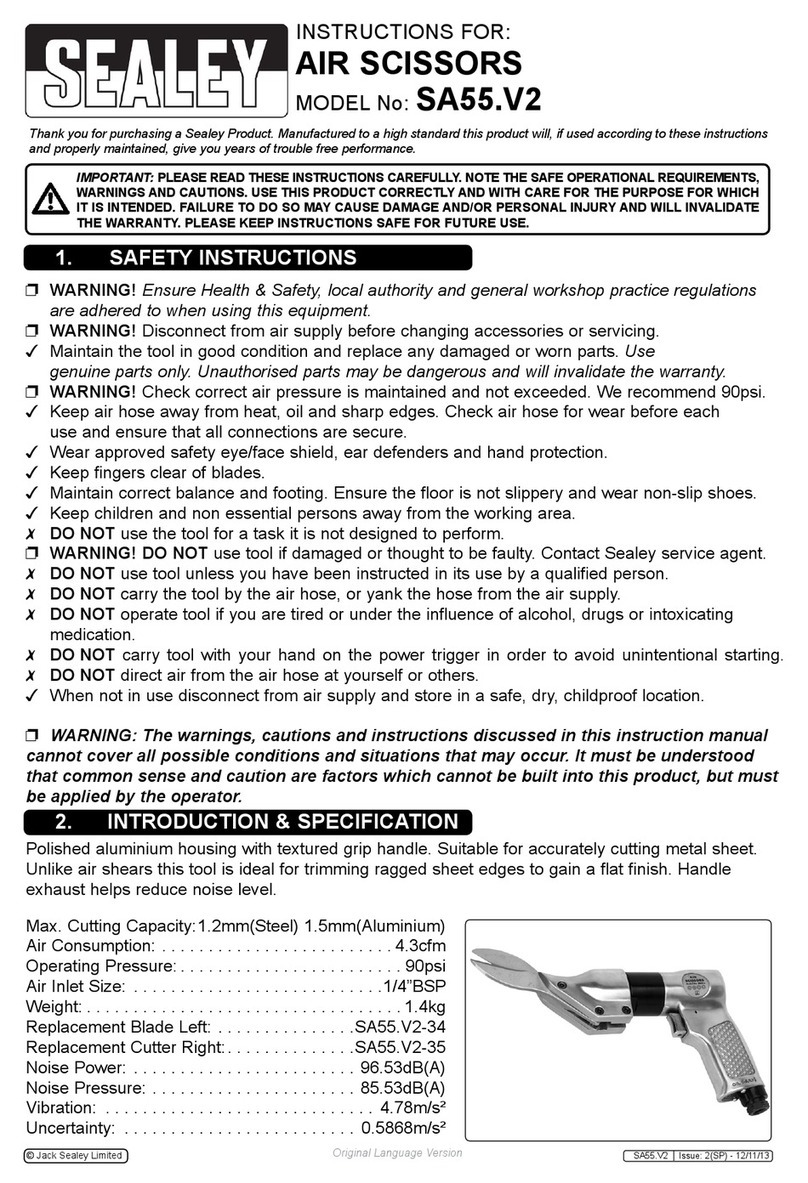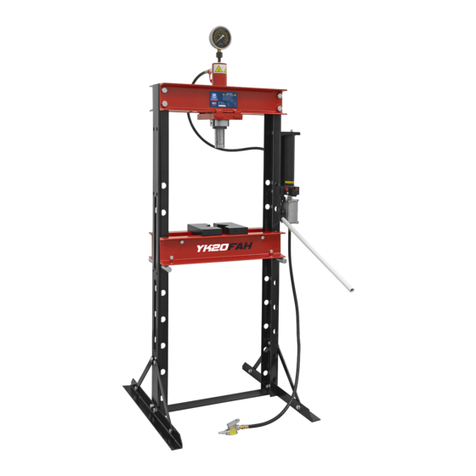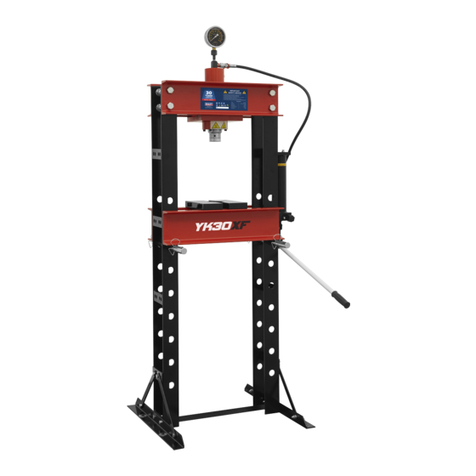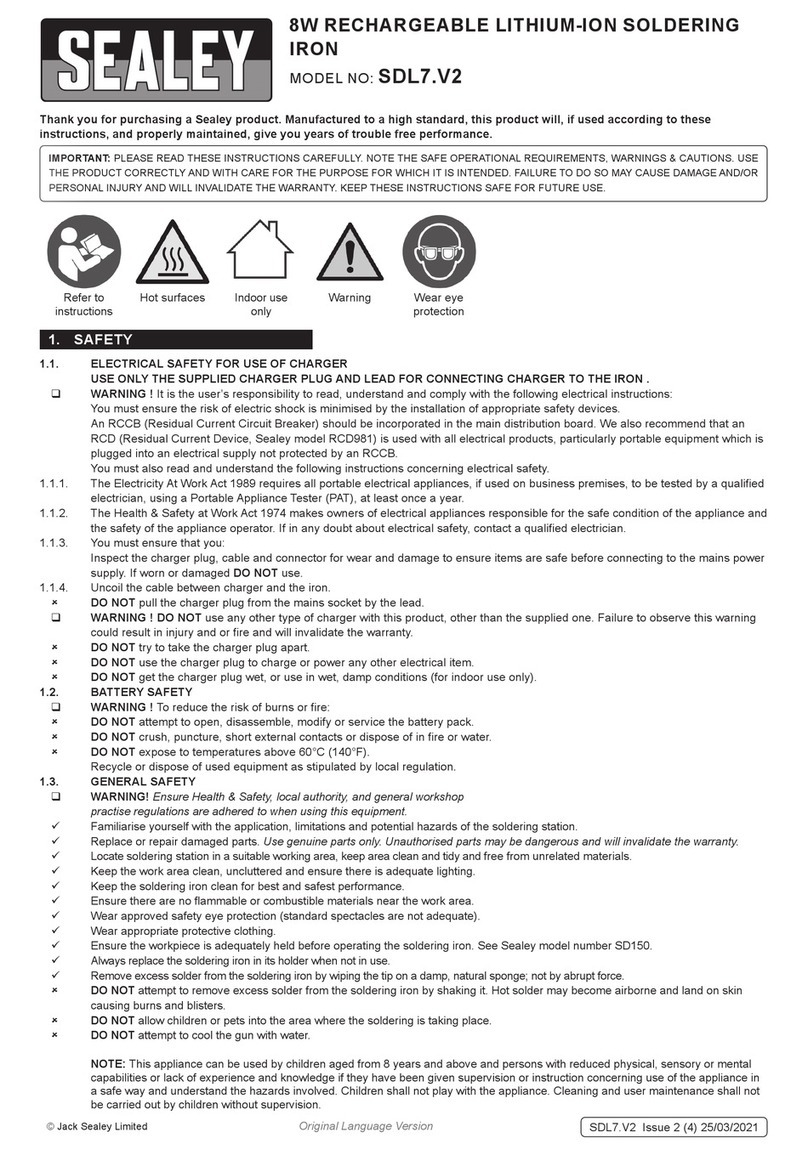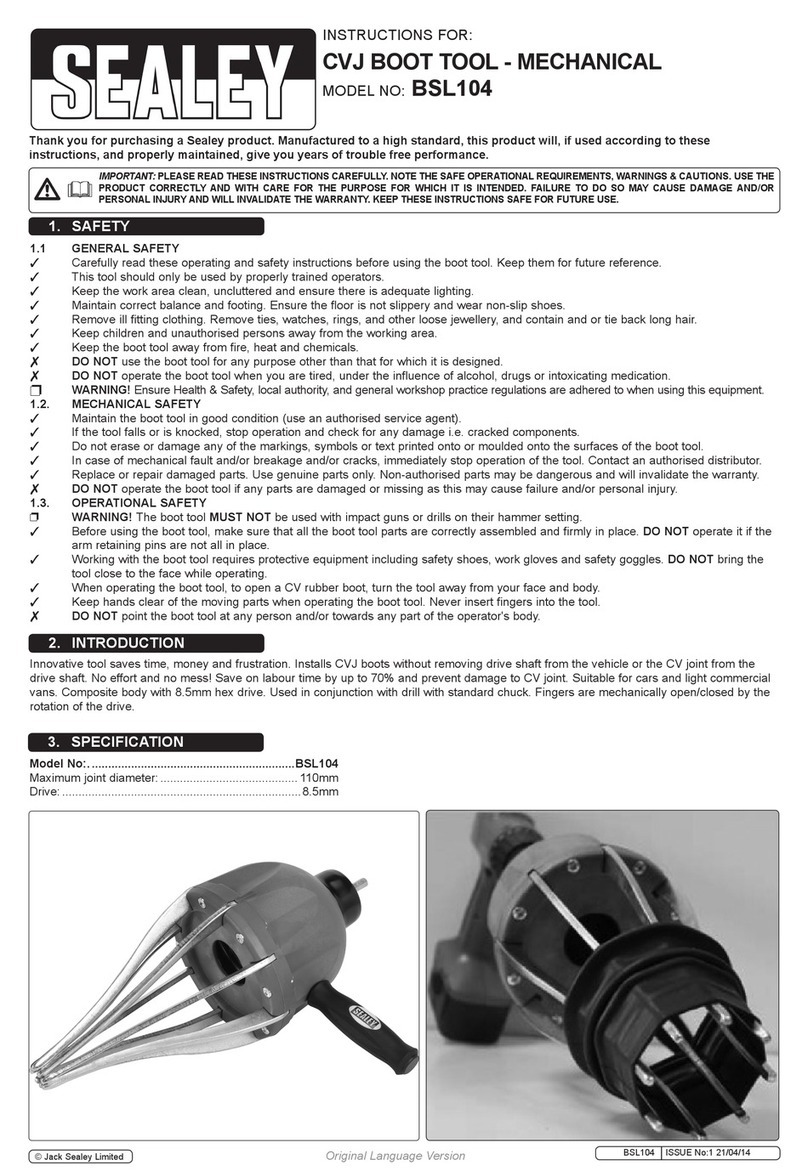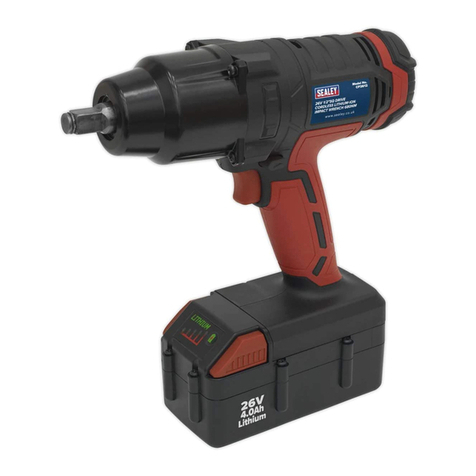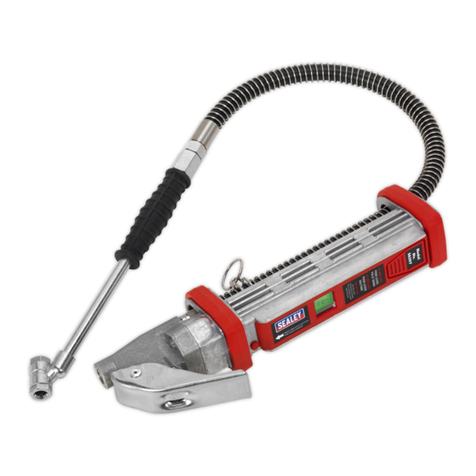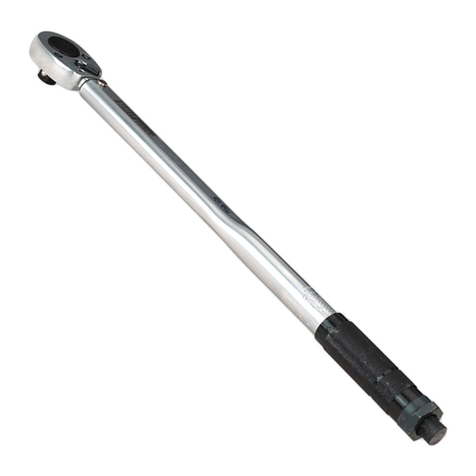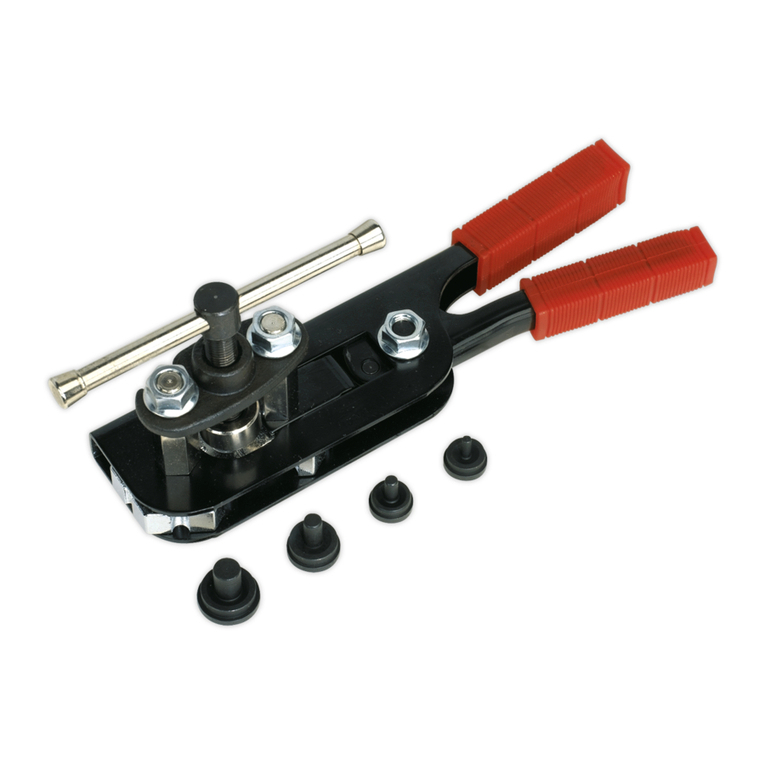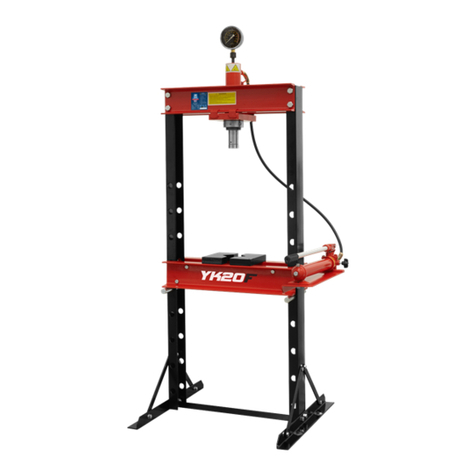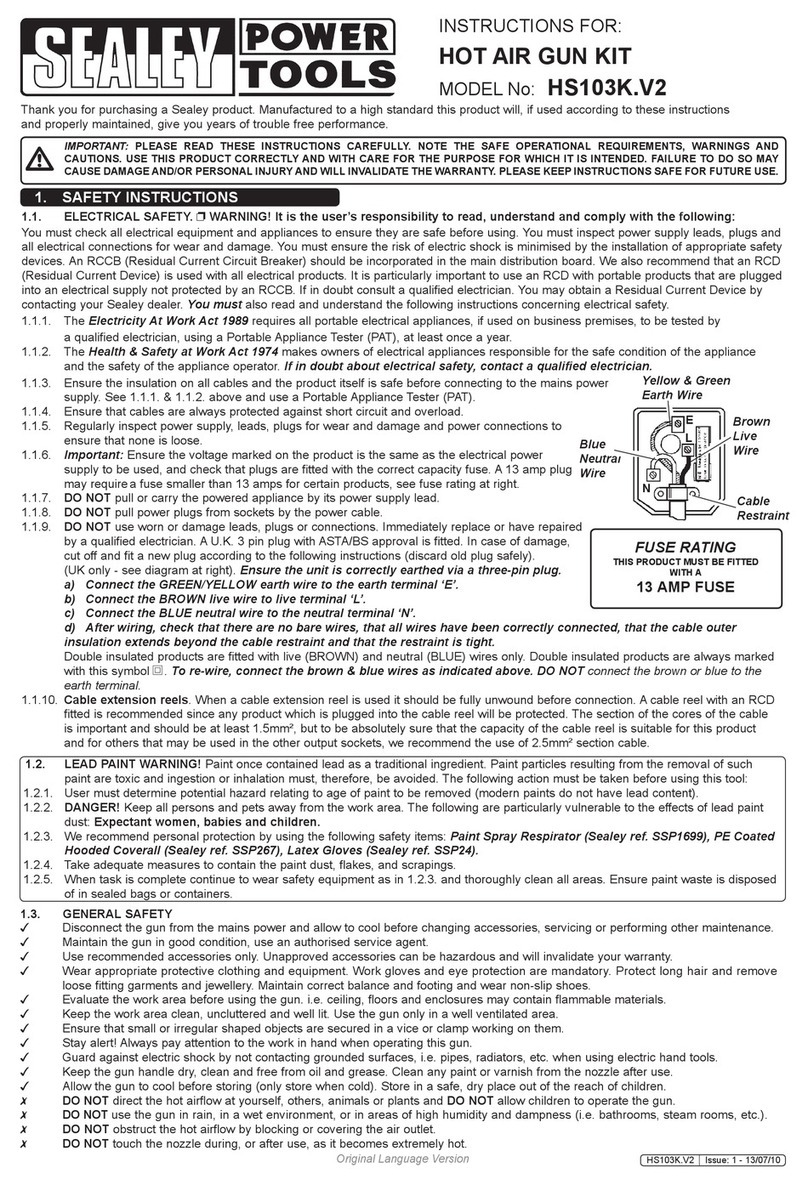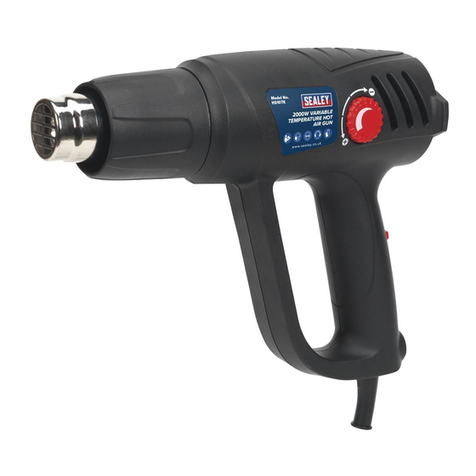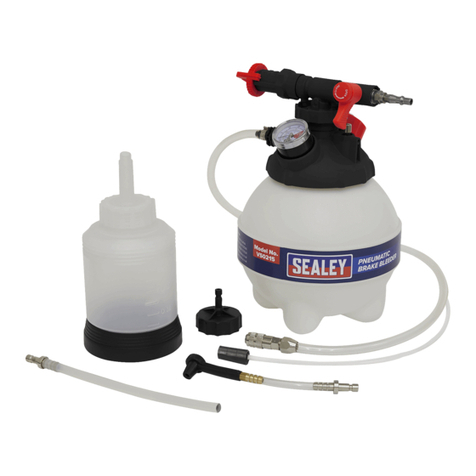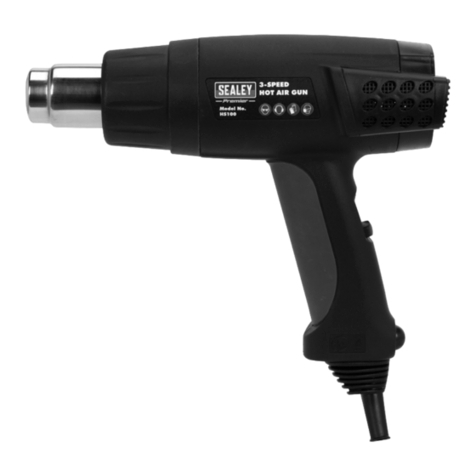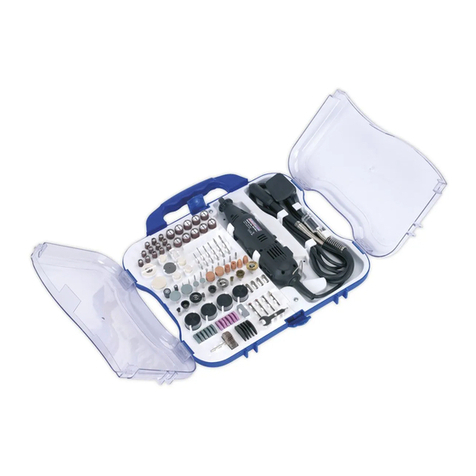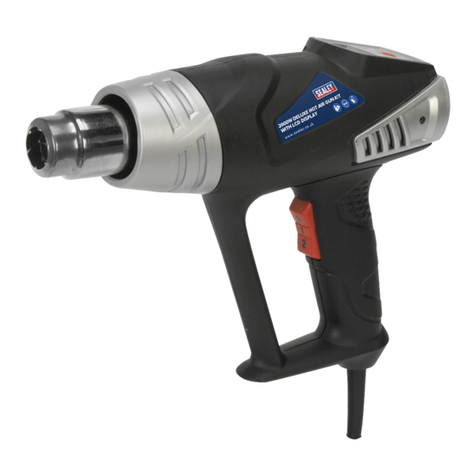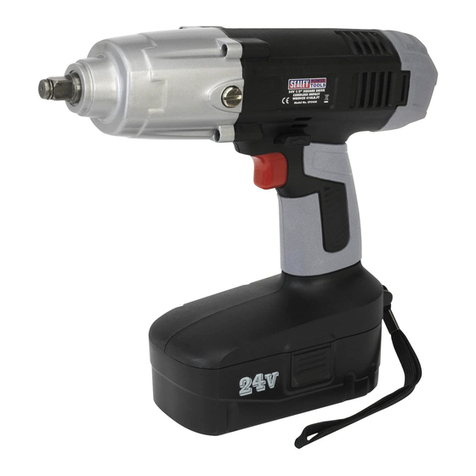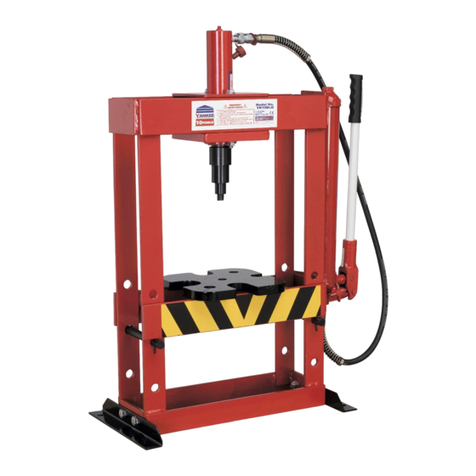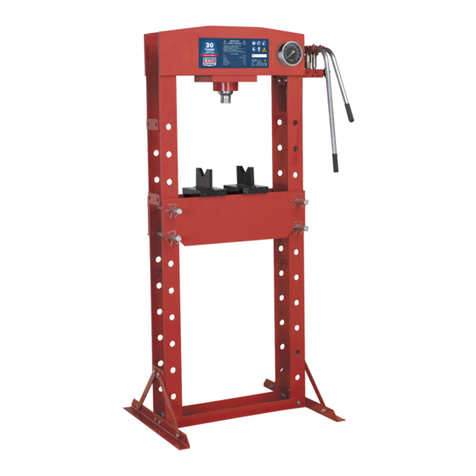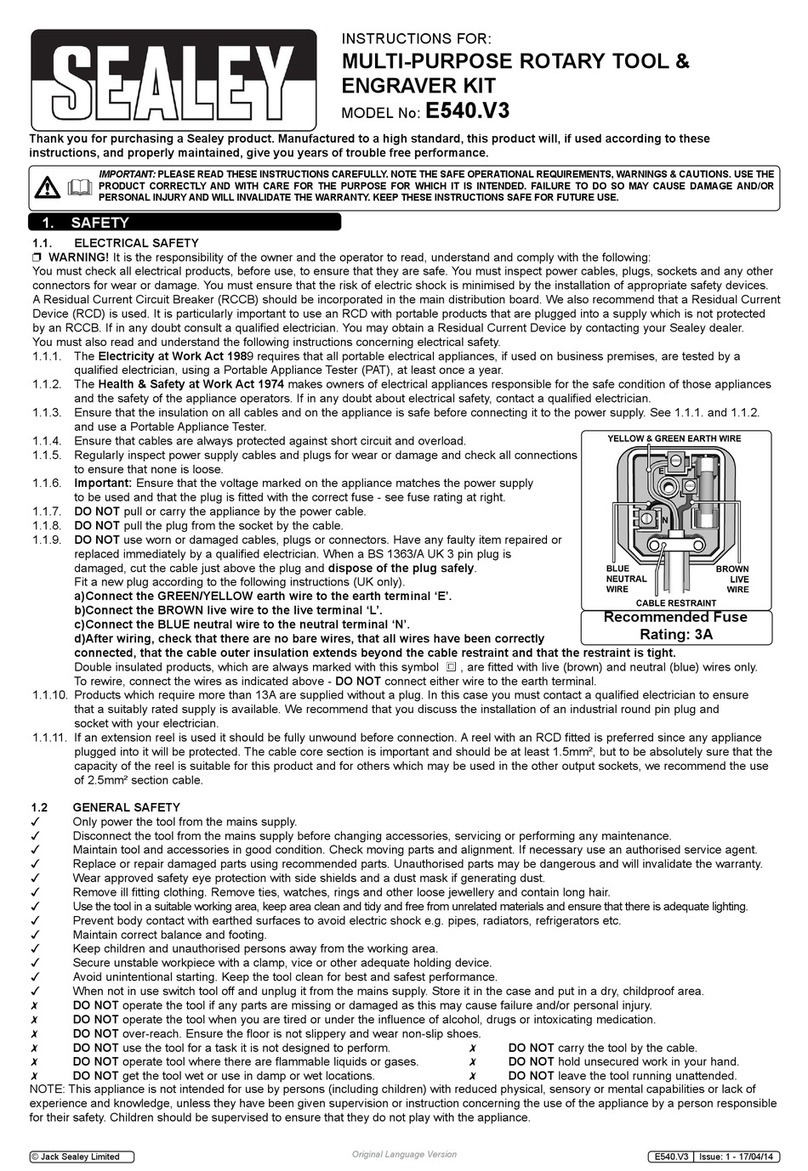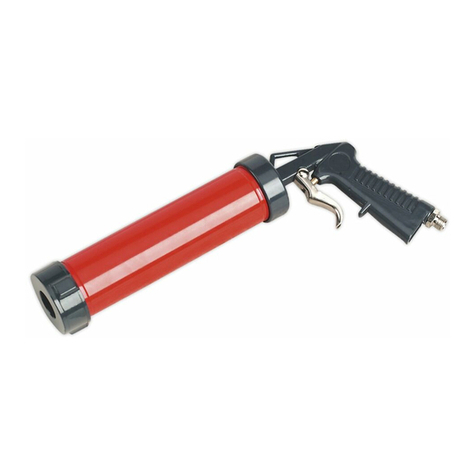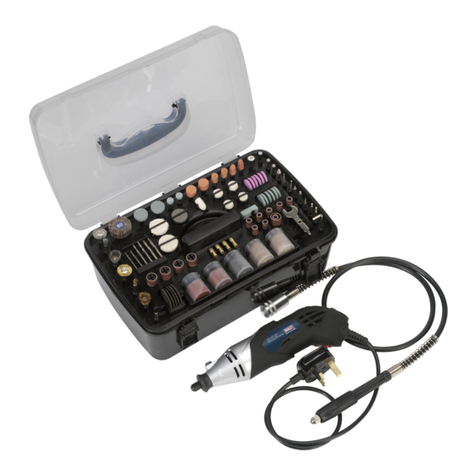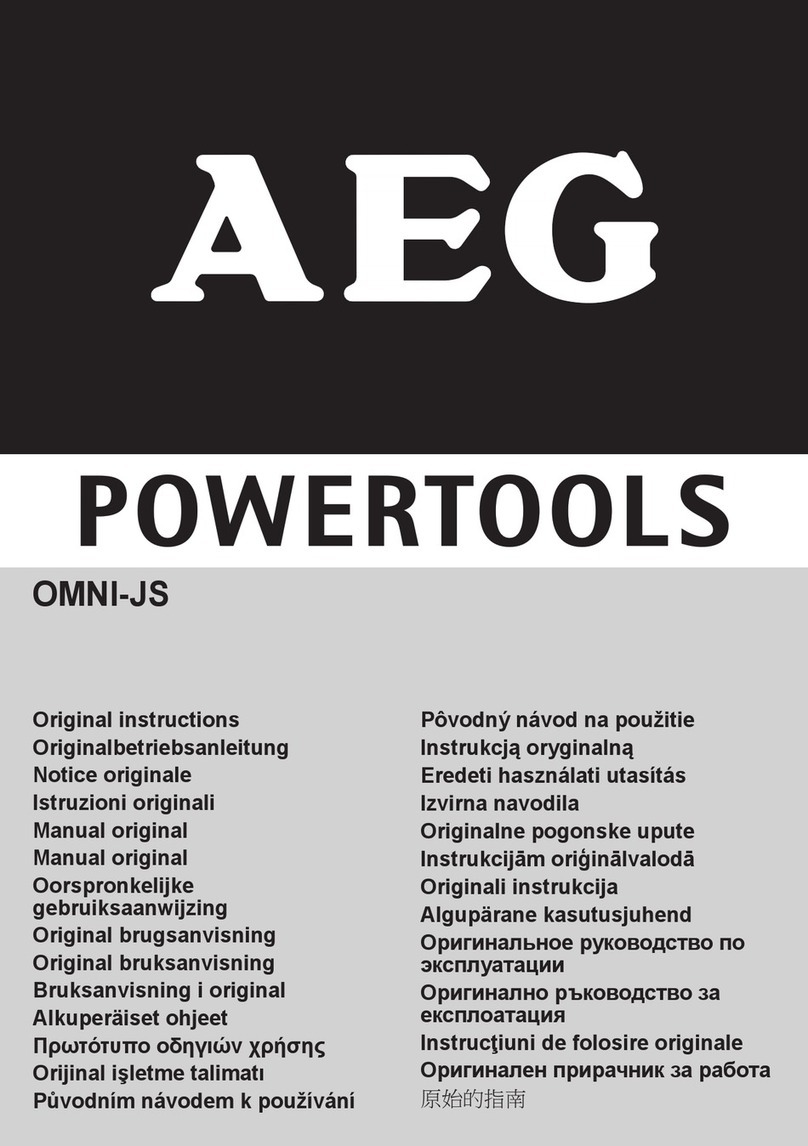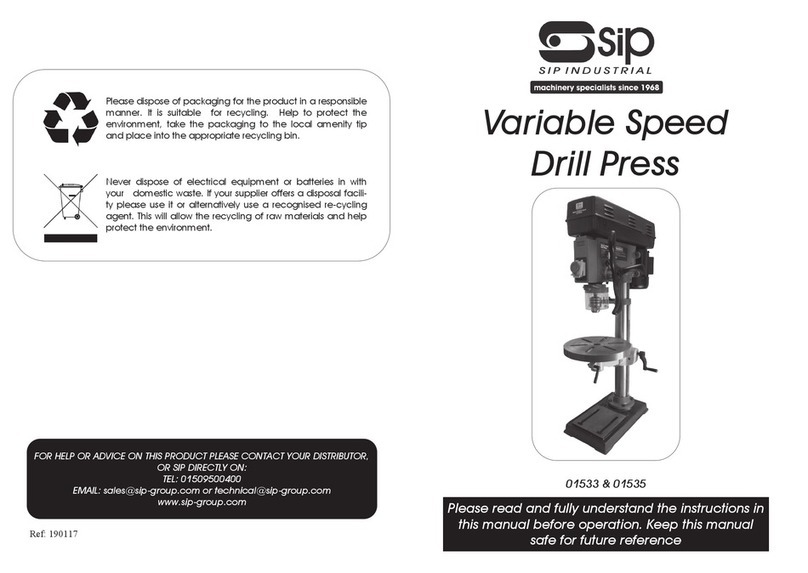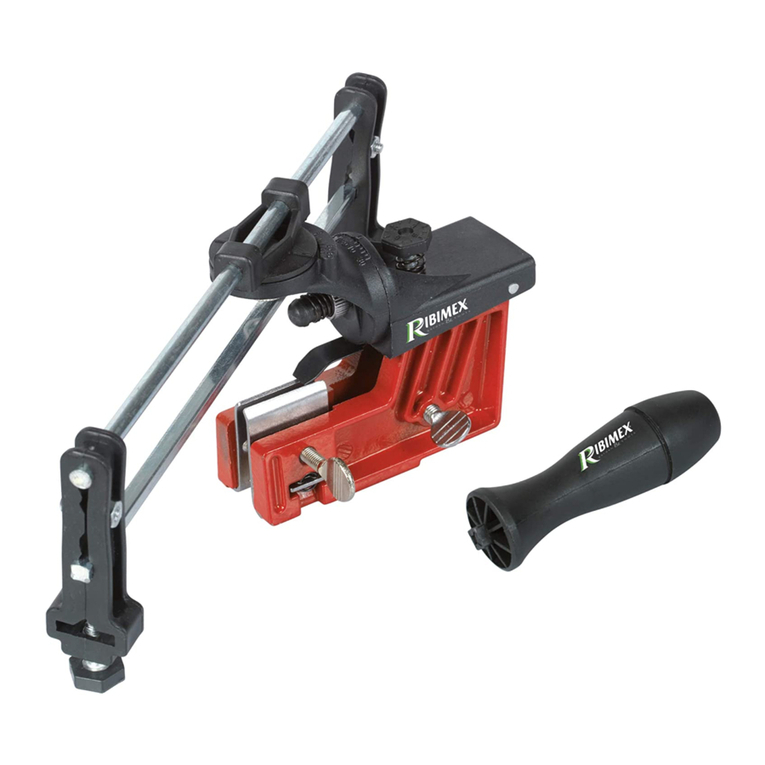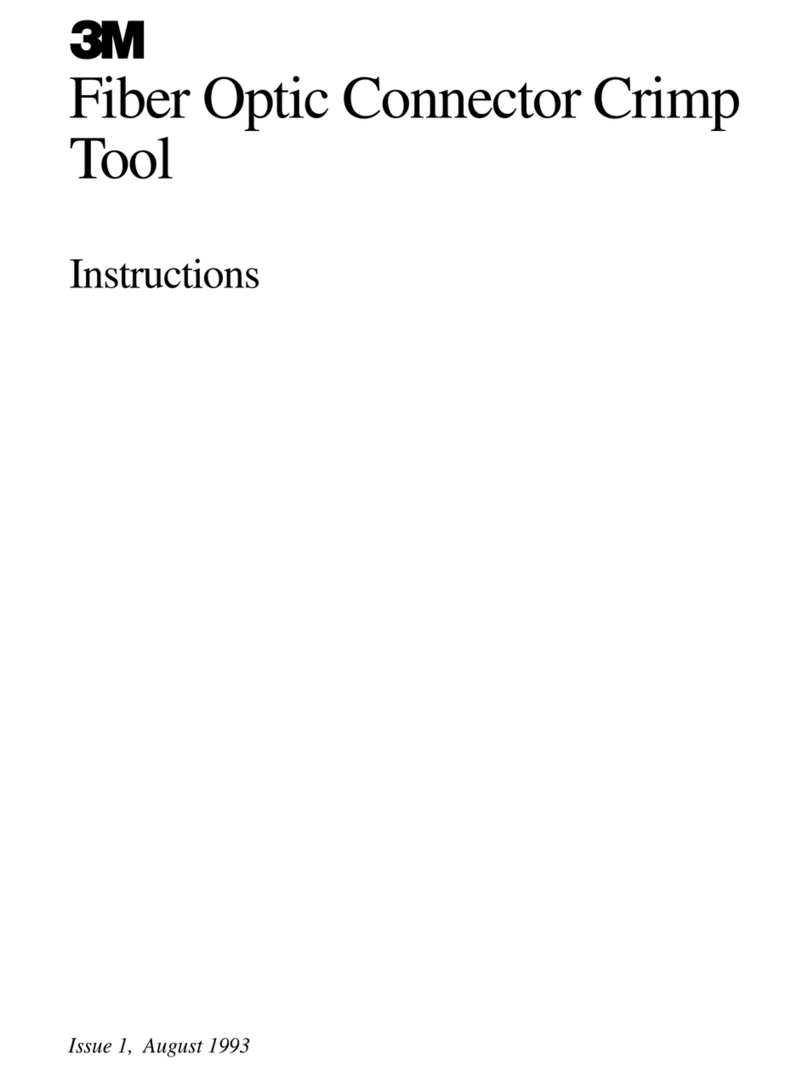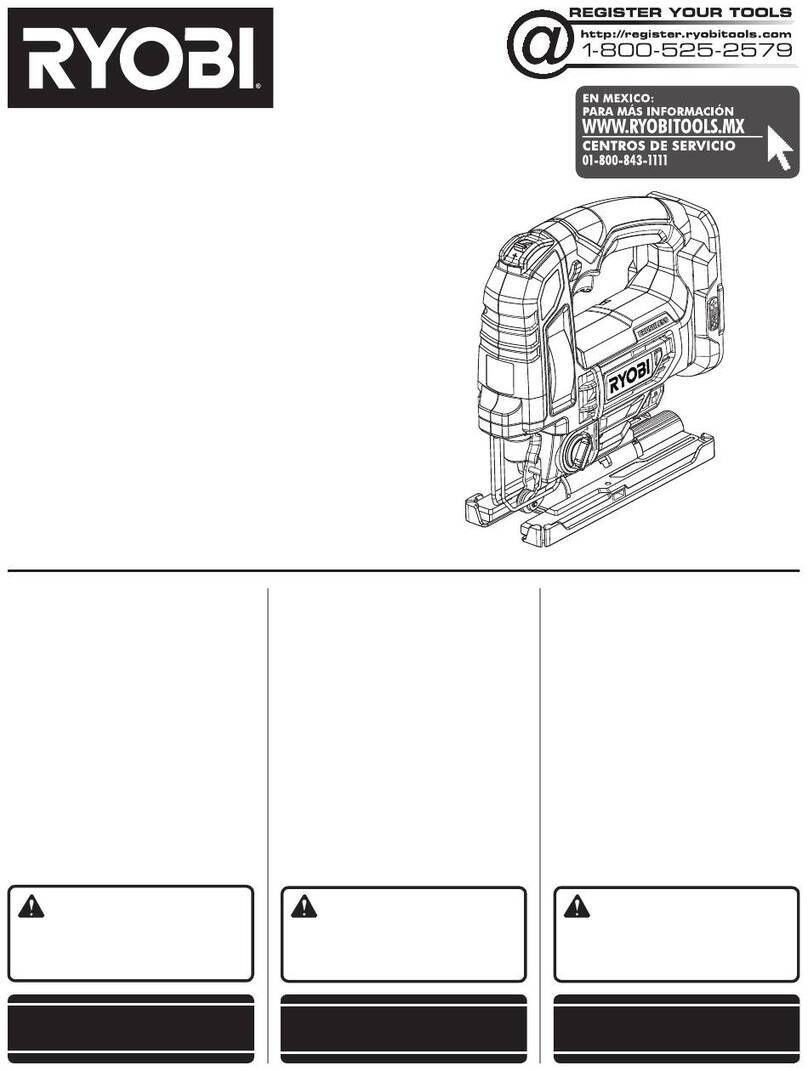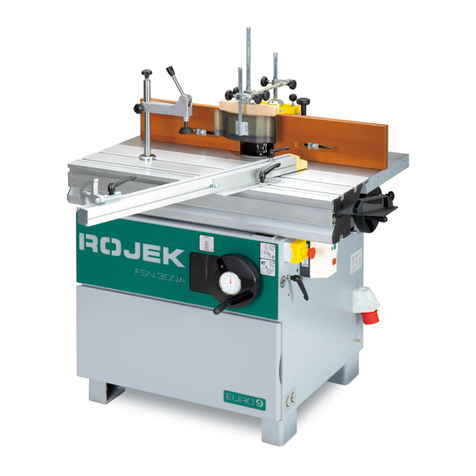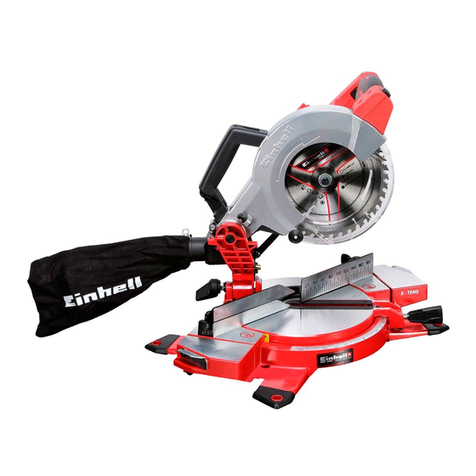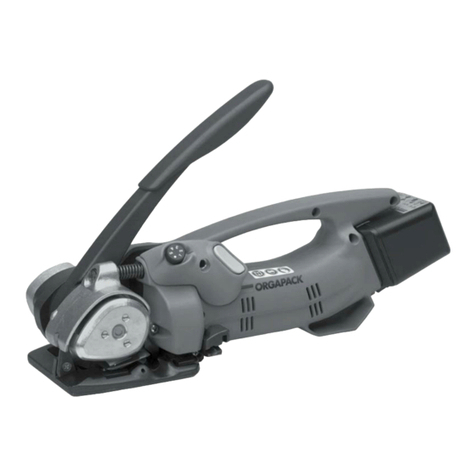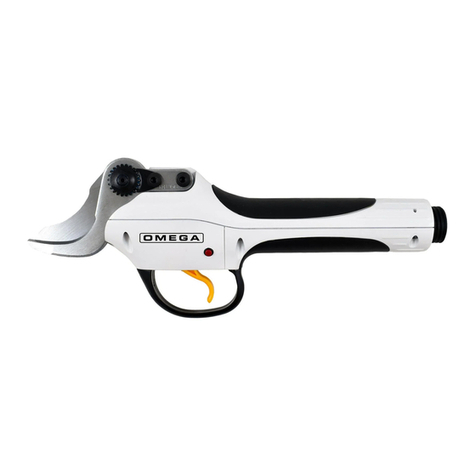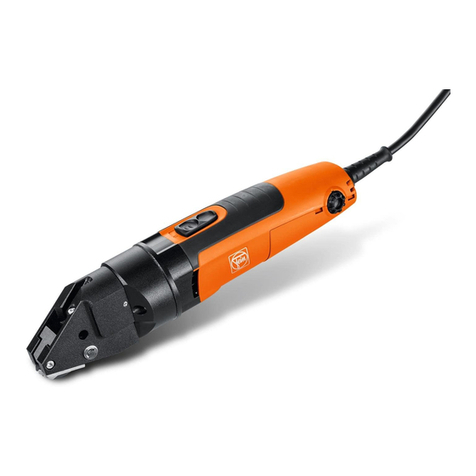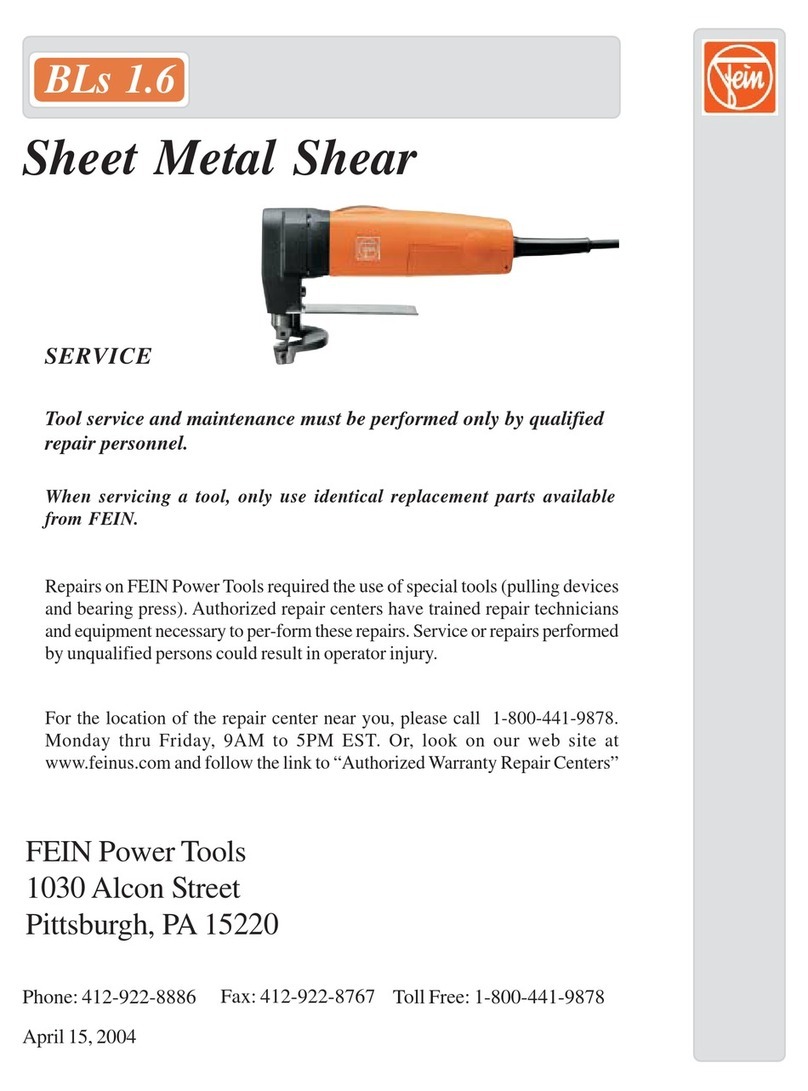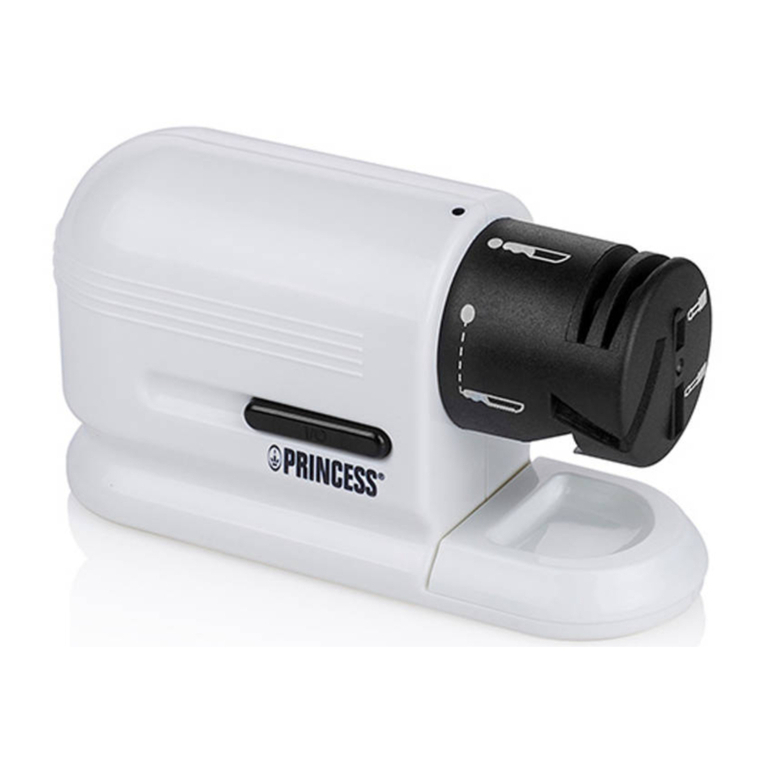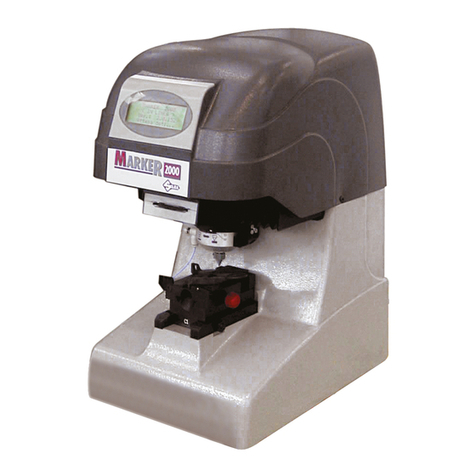
6. OPERATION
6.1. BRAKE BLEEDING PROCEDURE
6.1.1. Refer to the vehicle manufacturer’s instructions for brake bleeding and wheel sequence before proceeding. If no specific instructions
from the vehicle manufacturer exist, follow the instructions detailed below.
WARNING! Familiarise yourself with the hazards of brake uid - read manufacturer’s instructions on the container.
DO NOT touch the vehicle’s brake pedal whilst bleeding the brakes.
6.1.2. Check that the pressure release valve (fig.3.1) is open and that there is no pressure within the unit. Unscrew the filler cap (fig.1.1) on the
unit and top up to full capacity with new brake fluid. Replace filler cap and close the pressure release valve.
WARNING! Do not allow the uid capacity within the unit to fall below ½ litre during the bleeding process otherwise air may
enter the system.
NOTE: The diaphragm may be visible from the neck of the filler and will require deflating before filling, this can be done by pushing
down on the diaphragm with a clean blunt instrument.
6.1.3. Check that the air regulator (fig.3.2) is turned fully anticlockwise, the air intake valve (fig.3.3) and the fluid supply pipe valve (fig.1.3) are in
the closed positions.
6.1.4. Connect the brake bleeder (fig.3.4) to a suitable compressed air supply.
6.1.5. Slowly open the air intake valve (fig.3.3) and turn the air regulator clockwise until a pressure of 20psi is registered on the pressure
gauge (fig1.2).
NOTE: The brake bleeder can be used remotely by closing the air supply valve once the unit has been charged with air and then
disconnect the air supply.
8DO NOT exceed the maximum pressure of 40psi, if the unit exceeds this pressure the safety valve (fig.3.5) will be activated.
6.1.6. Connect one of the adaptors to the end of the fluid supply pipe and hold over a waste oil container, slowly open the valve (fig.1.3) to
release air from the supply pipe. When brake fluid is free flowing, close the valve.
6.1.7. Remove the cap on the vehicle’s brake fluid reservoir. If the brake fluid level is not at maximum, top it up and select a suitable adaptor
for the vehicle. In some cases a universal adaptor will be required, see section 6.3. Tighten the adaptor onto the master cylinder
ensuring that a good seal is achieved (fig.4).
6.1.8. Connect the fluid supply pipe quick connector to the adaptor and slowly open the valve (fig.1.3) to pressurise the system.
6.1.9. Starting with the brake furthest away from the master cylinder connect the tube from the bleeding bottle to the nipple and using a brake
spanner open the nipple approximately ¼ turn (g.5), brake uid will ow through the clear pipe into the bottle, when there are no
visible bubbles tighten the bleed nipple.
6.1.10. Repeat the process at each wheel in turn as necessary.
6.1.11. To remove the brake bleeder, shut off the uid supply pipe valve (g.1.3), close the air intake valve (g.3.3) and open the pressure
release valve to de-pressurize the unit.
6.1.12. Disconnect the uid supply pipe from the adaptor, taking care not to spill any brake uid and remove the adaptor from the brake uid
reservoir. Any excess uid in the reservoir should be removed using the syringe and disposed of into a suitable waste oil
container.
6.1.13. Ret the original brake uid reservoir cap.
6.1.14. Changing the brake uid.
6.1.15. Carry out the brake bleeding procedure as described above.
6.1.16. When new uid can be seen in the clear tube tighten the brake nipple.
6.1.17. Repeat this procedure at each wheel in turn.
6.1.18. Disconnect as above (6.1.10 & 6.1.11).
NOTE: When brake bleeding and/or uid changing is complete, test the action of the brake pedal to ensure that the brakes are working
and are not spongy before using the vehicle on the road.
6.2. CLUTCH BLEEDING PROCEDURE
6.2.1. Refer to the relevant vehicle manufacturer’s instructions for clutch bleeding procedure. If no specic instructions from the
vehicle manufacturer exist, the same procedures as for brake bleeding should be followed.
Original Language Version
© Jack Sealey Limited
Fig.3 Fig.4
Fig.5
VS0204.V5 Issue 2 (2) 16/09/20
